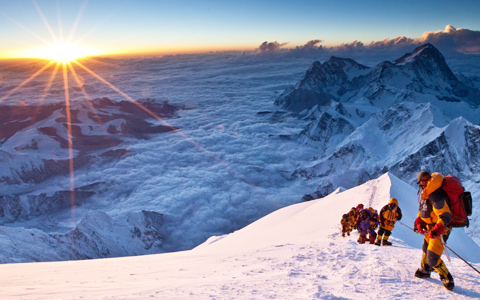
In the world of climbing, mastering the art requires a deep understanding of key techniques. From rope management and knot tying to climbing styles and belaying, each skill plays a crucial role in ensuring safety and success on the wall.
Anchoring, ascending, downclimbing, route finding, and safety checks are equally vital components of a climber's repertoire.
In this article, we will delve into these nine key techniques, providing technical insights and expert advice to help climbers elevate their abilities to new heights.
Rope Management
Properly managing the rope is crucial for climbers to ensure safety and efficiency during their ascent. Rope handling and rope management techniques are essential skills that every climber must master.
Effective rope handling involves understanding how to coil, flake, and stack the rope to prevent tangles and snags. It also entails properly tying knots, such as the figure-eight knot or the double fisherman's knot, to secure the rope during climbs.
Additionally, climbers must be proficient in belaying techniques, which involve controlling the rope's movement to safeguard the climber. This includes giving and taking slack, as well as managing the rope's tension.
Knot Tying
Knot tying is an essential skill for climbers, as it ensures their safety and stability during the ascent.
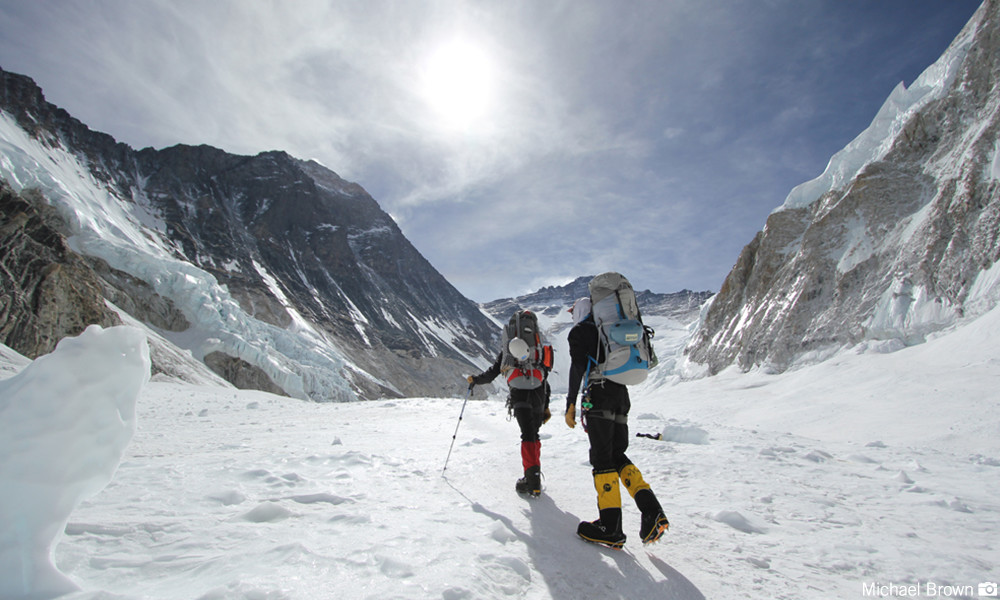
There are various types of knots that climbers must master, such as the figure-eight knot and the clove hitch, each serving a specific purpose in different situations.
Additionally, climbers must be familiar with proper knot tying techniques, including maintaining proper tension and ensuring the knot is secure before proceeding.
Essential Knot Types
Learning and mastering essential knot types is crucial for climbers looking to elevate their skills in the art of climbing. Basic knot tying is an essential skill that ensures safety and stability while scaling vertical terrains. To master this skill, climbers must familiarize themselves with various knot types and their specific applications. Here are three essential knot types every climber should know:
Figure Eight Knot: This knot is widely used for tying into a harness and creating secure loops. It is easy to tie and untie, making it ideal for beginners.
Clove Hitch Knot: This knot is commonly used for anchoring ropes to fixed objects like trees or bolts. It provides a quick and adjustable attachment point.
Double Fisherman's Knot: This knot is used for joining two ropes together to create a longer rope. It is ideal for rappelling or creating anchors.
To practice knot tying, climbers should invest in high-quality knot tying equipment, such as ropes, carabiners, and harnesses. Regular practice and familiarity with these essential knot types will enhance climbing abilities and ensure a safe and enjoyable experience.
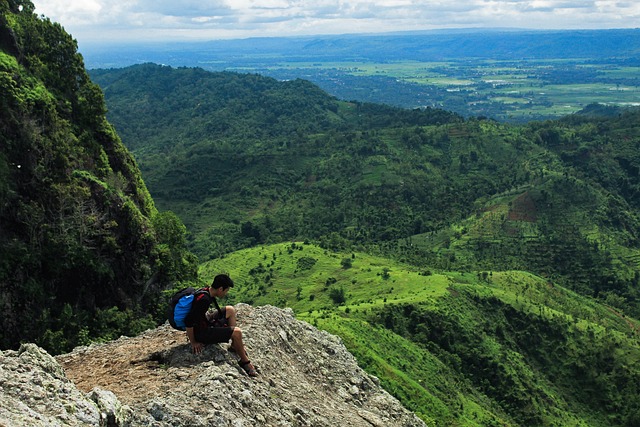
Knot Tying Techniques
To become proficient in the art of climbing, it is essential to develop a deep understanding of the techniques used in knot tying. Rope handling and knot tying go hand in hand, as the knots are the foundation of any climbing system.
Different climbing scenarios require different knot tying techniques to ensure the safety and efficiency of the climber. For instance, the figure-eight knot is commonly used for tying into the climbing harness, providing a secure and reliable connection.
The double fisherman's knot is ideal for joining two ropes together, creating a strong and durable bond. Additionally, the clove hitch knot is often used for anchoring and belaying, allowing for quick adjustments and easy release.
Mastering the art of knot tying is crucial for climbers to navigate various challenges and ensure a successful climb.
Climbing Styles
When it comes to climbing, there are various styles that climbers can choose from, each with its own unique challenges and techniques.
Two popular climbing styles are bouldering and sport climbing. Bouldering involves climbing shorter routes, typically without the use of ropes, and focuses on difficult, dynamic movements.
On the other hand, sport climbing involves climbing longer routes with the use of ropes and protection, allowing climbers to focus more on endurance and technical skills.
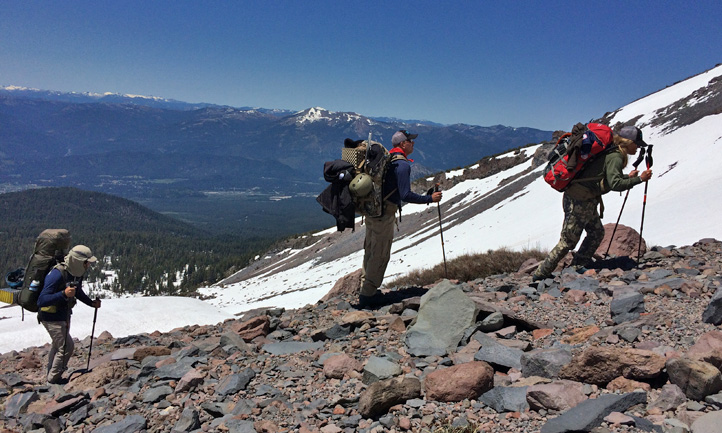
Additionally, climbers may also encounter the choice between traditional climbing, which involves placing gear to protect the climb, and sport climbing, which relies on pre-placed bolts for protection.
Each climbing style requires specific skills and knowledge, and mastering them can greatly enhance a climber's overall proficiency.
Bouldering Vs. Sport Climbing
Bouldering and sport climbing, two distinct climbing styles, differ in their approach, techniques, and the nature of the routes they tackle.
In terms of technique comparison, bouldering focuses on short, powerful movements with an emphasis on dynamic and explosive movements. It requires precise footwork, finger strength, and body tension to navigate difficult boulder problems.
Sport climbing, on the other hand, involves longer routes with a greater emphasis on endurance and stamina. It requires efficient movement, route reading, and the ability to conserve energy throughout the climb.
Equipment differences also exist between bouldering and sport climbing. Bouldering typically requires minimal gear, with climbers relying on crash pads for protection. Sport climbing, on the other hand, involves the use of ropes, harnesses, quickdraws, and other safety equipment.
Understanding these differences is crucial for climbers to choose the appropriate style that aligns with their goals and preferences.
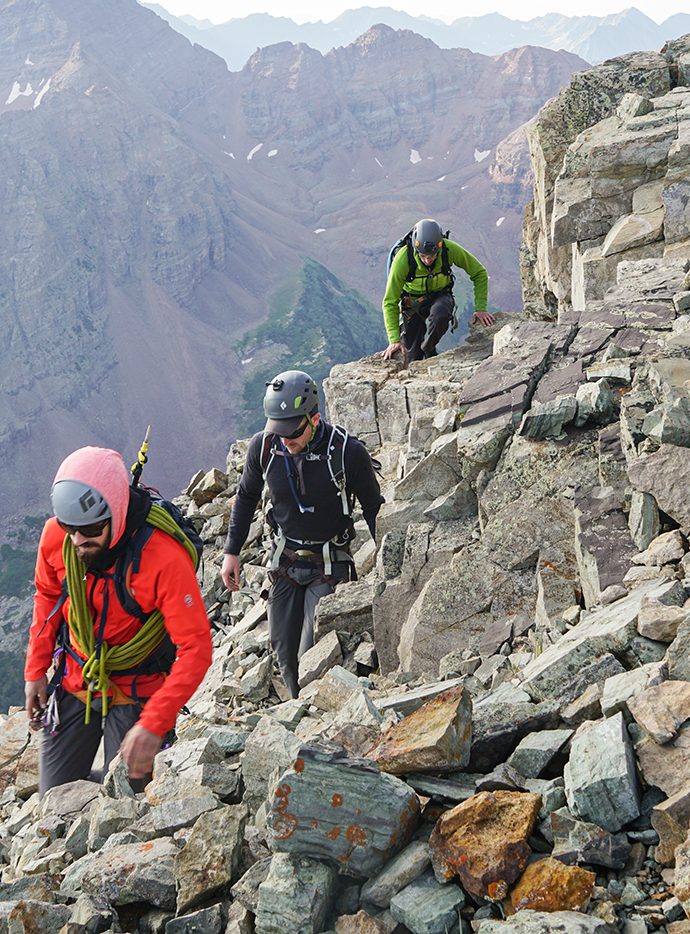
Traditional Vs. Sport Climbing
Traditional and sport climbing, two distinct climbing styles, differ in their approach, techniques, and the nature of the routes they tackle.
One significant difference lies in their equipment choices. Traditional climbers rely on removable gear such as nuts, cams, and hexes, which they place into cracks and crevices to protect themselves from falls. This method requires a high level of skill and experience in assessing the rock for suitable placements.
On the other hand, sport climbers rely on pre-placed bolts that are permanently fixed to the rock. This allows for a more streamlined and efficient climbing experience. However, sport climbing introduces its own set of risk factors, such as the potential for longer falls due to the spacing between bolts and the reliance on the integrity of the fixed hardware.
Both climbing styles require a comprehensive understanding of the risks involved and the ability to make calculated decisions to mitigate them.
Belaying
Belaying is an essential skill in the art of climbing, ensuring the safety and support of the climber throughout their ascent. To effectively belay, climbers must master various techniques and utilize appropriate equipment. Here are three key aspects to consider:
- Belaying Techniques:
- The most common technique is the 'dynamic belay,' where the belayer feeds out the rope smoothly to absorb the climber's falls.
- Another technique is the 'top-rope belay,' where the rope is anchored at the top of the climbing route, providing a secure belay for the climber.
- Lead belaying involves the belayer progressively moving the anchor point as the climber ascends, ensuring their safety.
- Belaying Equipment:
- A belay device, such as a tubular belay device or assisted-braking device, is essential for controlling the rope's speed and providing friction.
- Carabiners are used to connect the belay device to the harness and anchor points.
- A climbing rope with appropriate diameter and length is crucial for belaying safely.
Anchoring
Anchoring is a fundamental aspect of climbing that ensures stability and safety during the ascent. Proper anchoring techniques are crucial for climbers to maintain a secure position while belaying or building an anchor. Belaying techniques involve the use of a rope and equipment to provide a controlled descent or protection in case of a fall.
Anchoring, on the other hand, refers to the process of creating a secure base to support the weight and movements of the climber. This is achieved by utilizing natural features, such as rock formations or trees, or by constructing artificial anchors using specialized equipment.
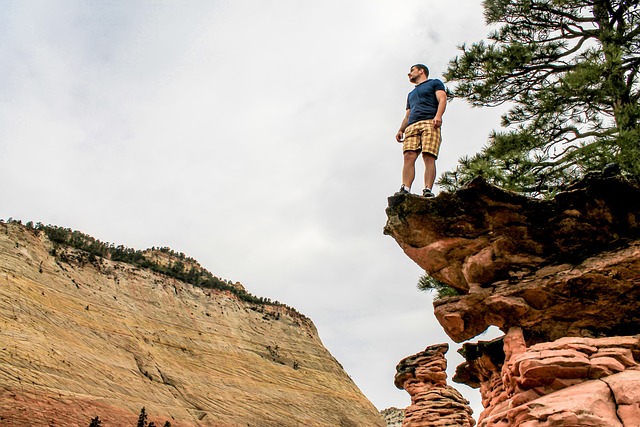
Anchor building involves selecting appropriate anchor points, constructing strong and reliable systems, and properly equalizing the forces to distribute the load evenly. By mastering the art of anchoring, climbers can ensure their safety and enhance their climbing experience.
Ascending
Once climbers have established a secure anchor, they can begin their ascent using key techniques in ascending. Ascending techniques are crucial for climbers to safely and efficiently reach higher points on a climb.
To engage the audience, here are three essential techniques in ascending:
Jumar Ascender: This climbing equipment is a mechanical ascender that allows climbers to ascend the rope efficiently. It features a cam that grips the rope when weight is applied, preventing any accidental slippage.
Prusik Knot: This knot is used to create a friction hitch on the rope, allowing climbers to ascend by sliding the knot upwards. It provides a reliable and adjustable grip on the rope.
Climbing Harness: A well-fitted climbing harness is essential for ascending. It provides support and distributes the weight evenly, ensuring comfort and safety during the ascent.
Downclimbing
To safely descend a climb, climbers utilize the technique of downclimbing. Downclimbing is an essential skill in climbing that involves descending a route by climbing down instead of rappelling or lowering. It requires a high level of technical proficiency and experience.
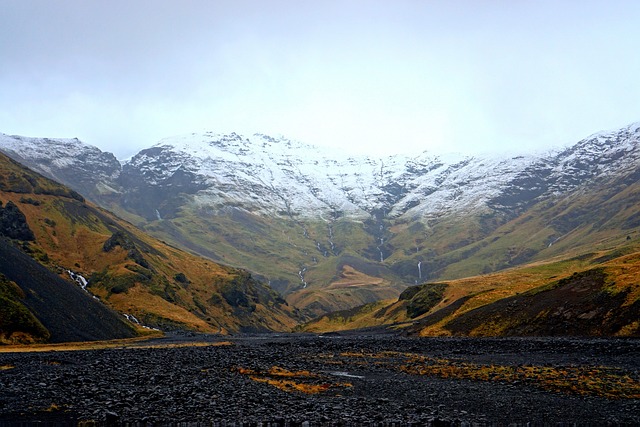
There are several downclimbing techniques that climbers can employ depending on the nature of the climb. One commonly used technique is facing the wall and moving downward in a controlled manner, using handholds and footholds to maintain balance and stability. Another technique involves crab-walking down the rock face, using both hands and feet to negotiate the descent.
Mastering the art of downclimbing is crucial for climbers as it enhances their overall climbing skills and abilities. It improves their balance, coordination, and problem-solving skills, as they learn to navigate challenging terrain in reverse. Downclimbing also helps climbers develop a better understanding of their body positioning and movement, promoting greater efficiency and control during climbs.
Ultimately, downclimbing is an indispensable skill that contributes to climbers' safety and success in the vertical world.
Route Finding
Route finding is a fundamental aspect of climbing, requiring climbers to navigate their way through a route using their skills and knowledge of the terrain. It is a mentally challenging task that necessitates careful planning and decision-making. To excel in route finding, climbers need to engage in mental preparation and gear selection.
Here are three essential considerations for successful route finding:
- Mental Preparation:
- Develop a clear understanding of the route before starting the climb.
- Visualize potential challenges and mentally rehearse solutions.
- Maintain focus and concentration throughout the climb to make accurate route-finding decisions.
- Gear Selection:
- Choose appropriate climbing gear based on the route's difficulty and terrain.
- Ensure equipment is in good condition and properly maintained.
- Carry essential tools, such as maps, compasses, and GPS devices, to aid in route finding.
Safety Checks
Before embarking on a climb, climbers must conduct thorough safety checks to ensure the equipment and conditions are suitable for a successful and secure ascent.
The first step in the safety check is the equipment inspection. This involves meticulously examining each piece of gear, including harnesses, ropes, carabiners, and helmets, to ensure they are in proper working order and free from any damage or wear.
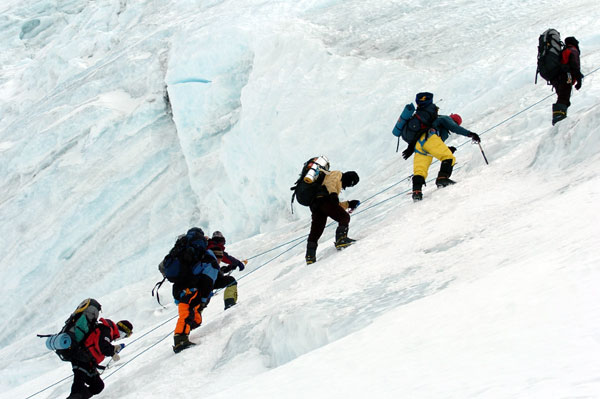
Additionally, climbers must assess the overall risk of the climb by conducting a thorough risk assessment. This involves evaluating factors such as the weather conditions, the difficulty level of the route, and the experience and skill level of the climbers.
 Travel AdviceDigital NomadsExPat LivingTravel Content Creation HacksPlaces to VisitAdventure TravelPrivacy PolicyTerms And Conditions
Travel AdviceDigital NomadsExPat LivingTravel Content Creation HacksPlaces to VisitAdventure TravelPrivacy PolicyTerms And Conditions
